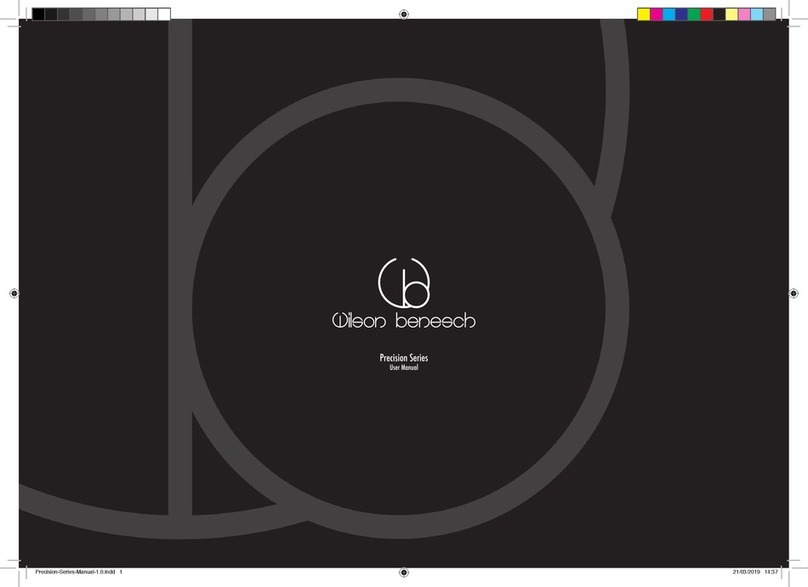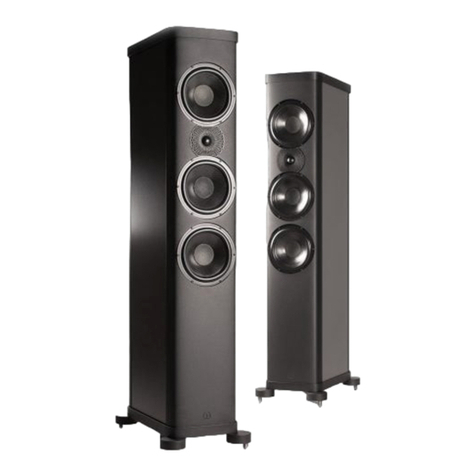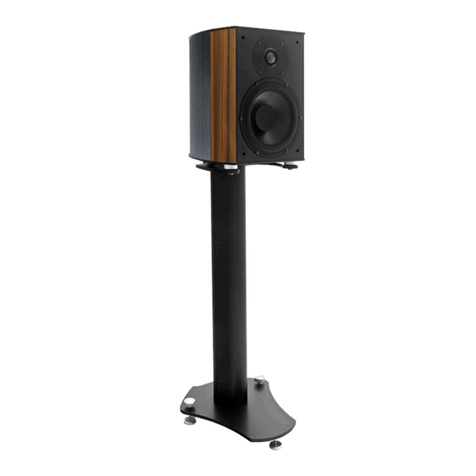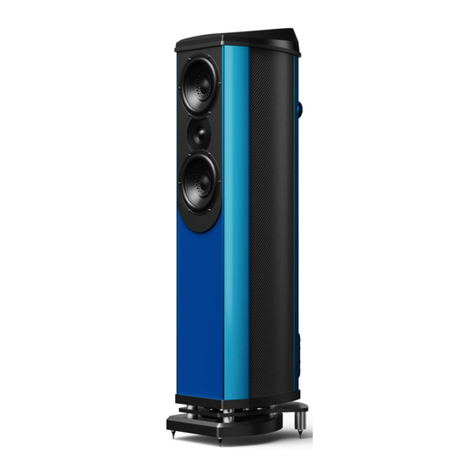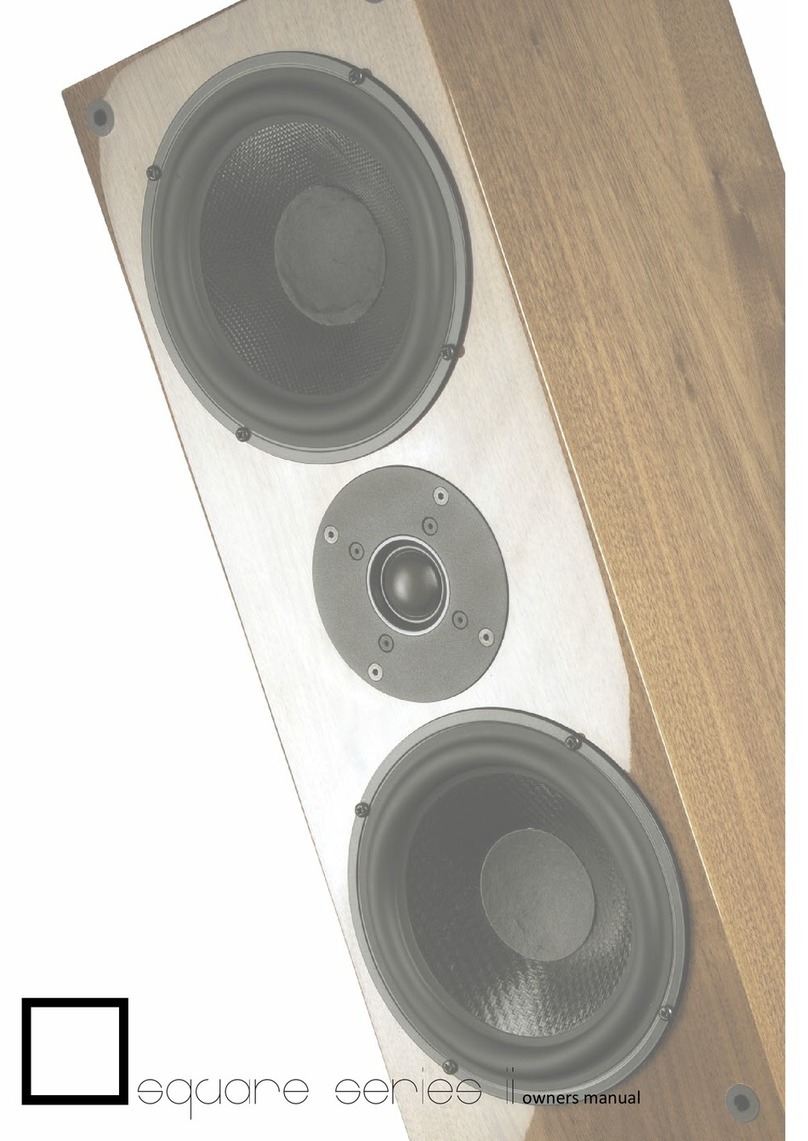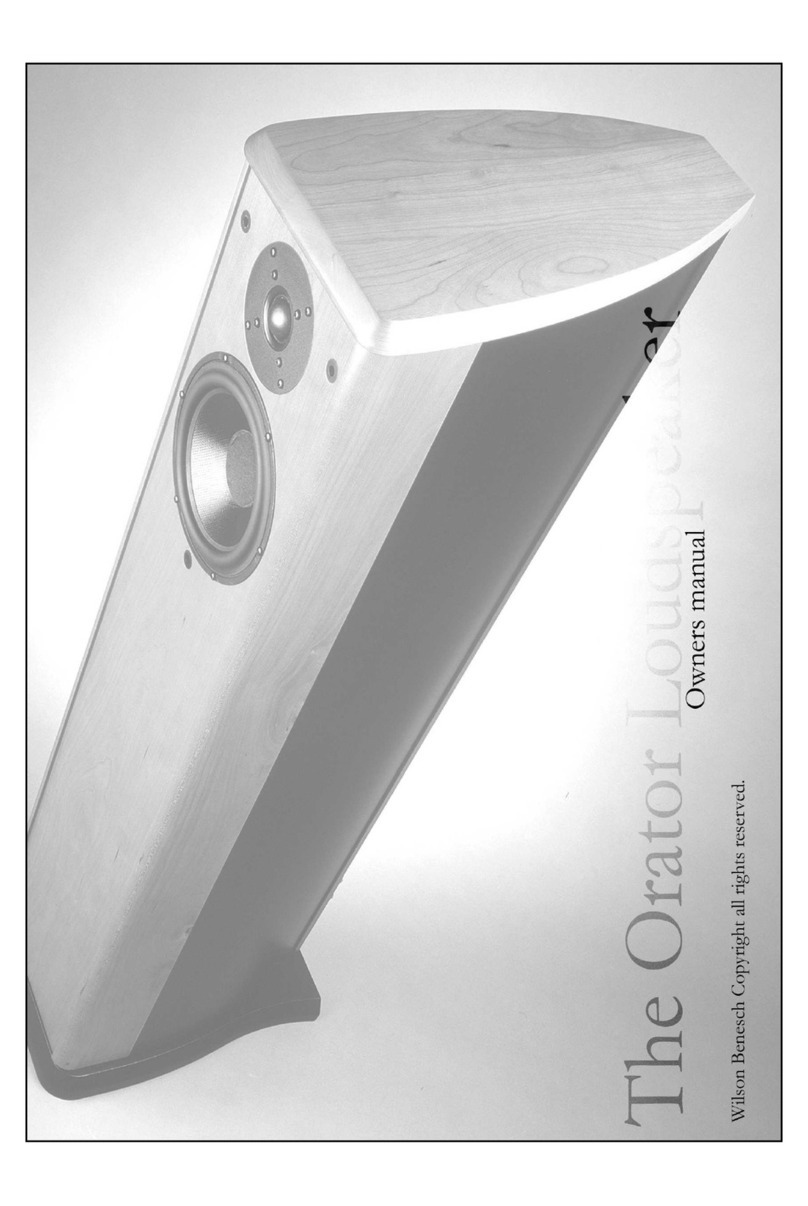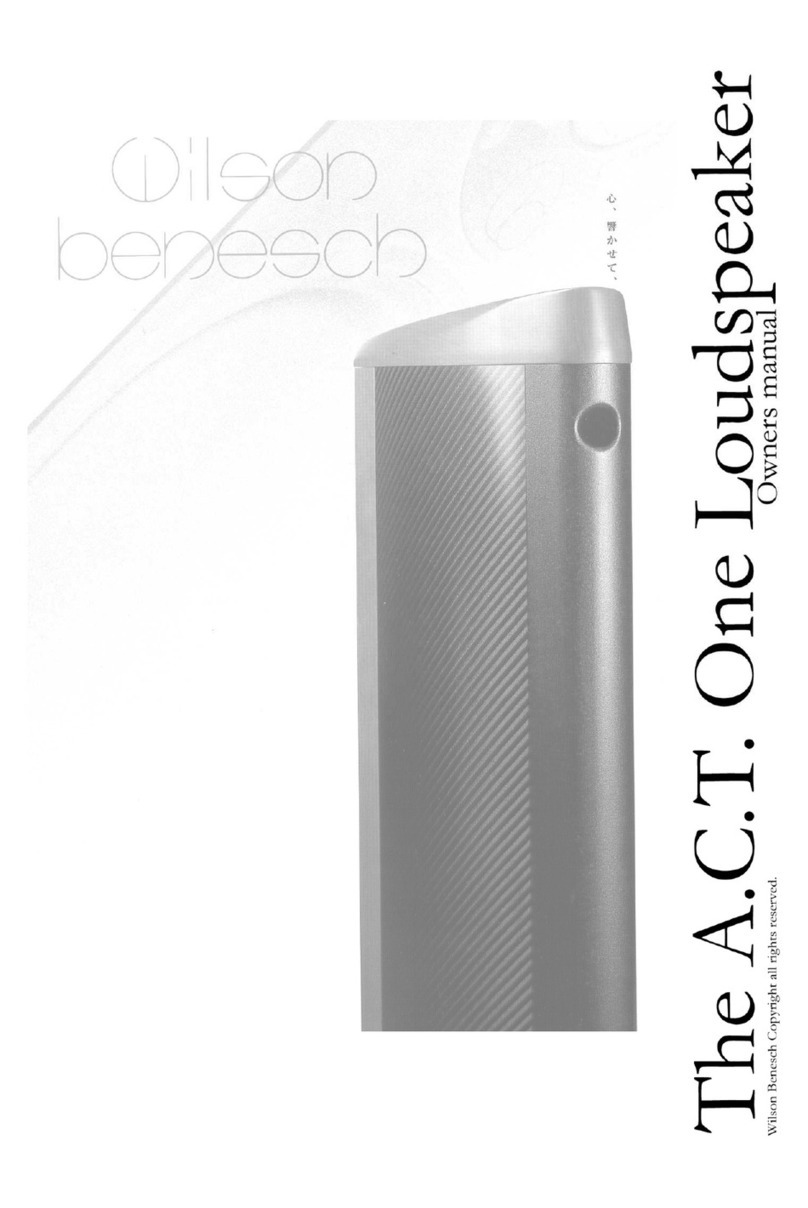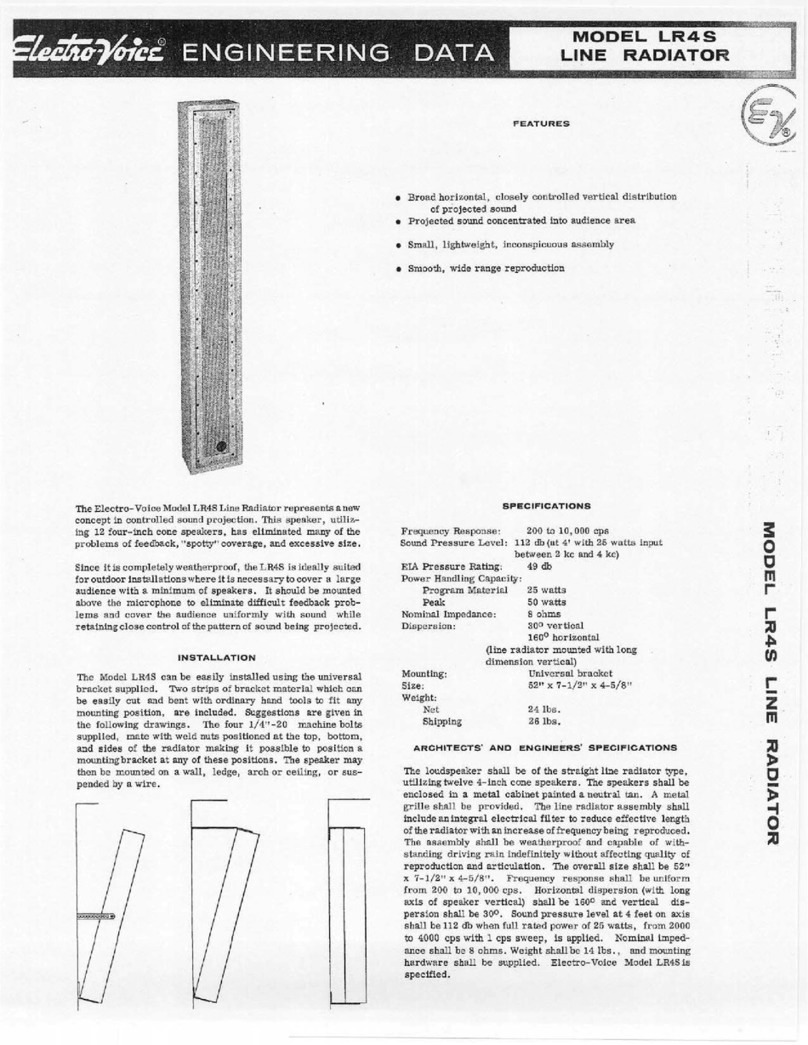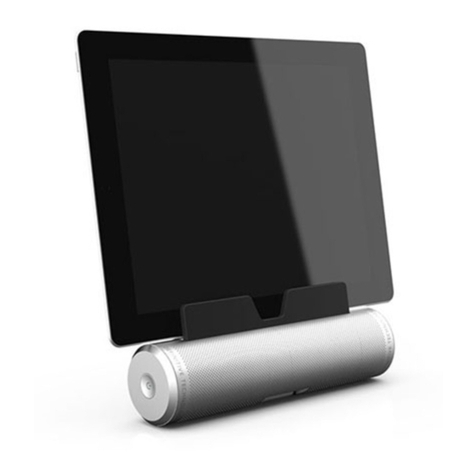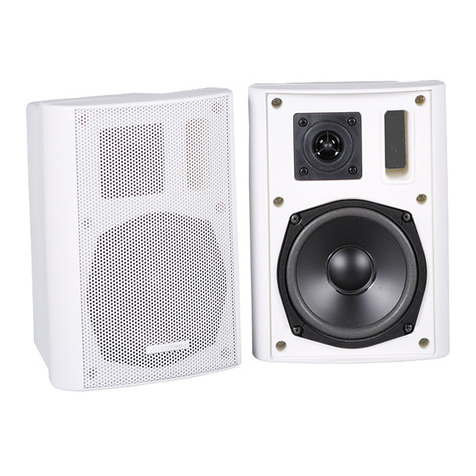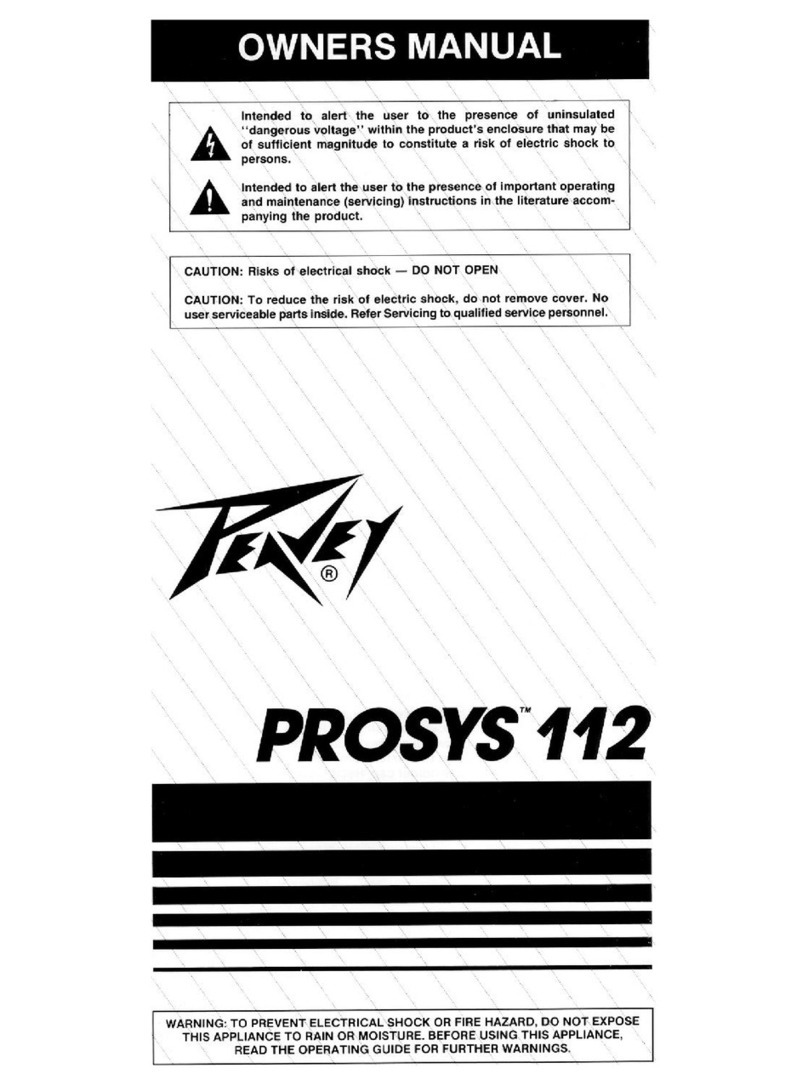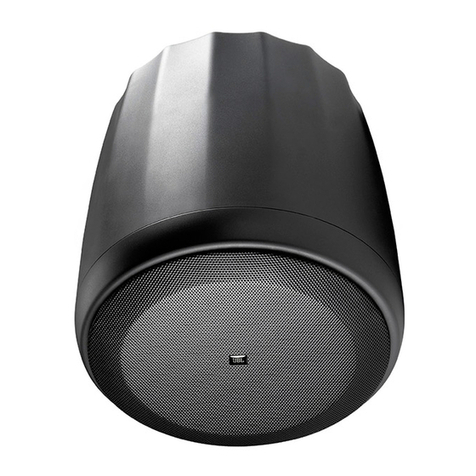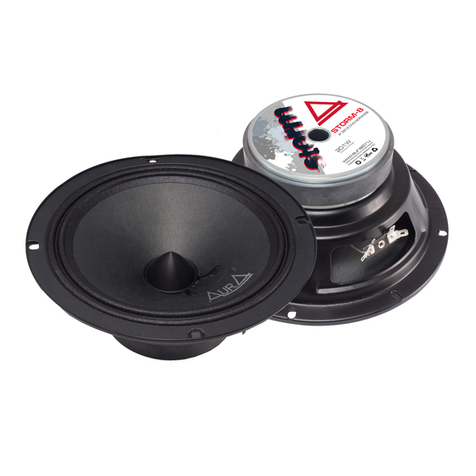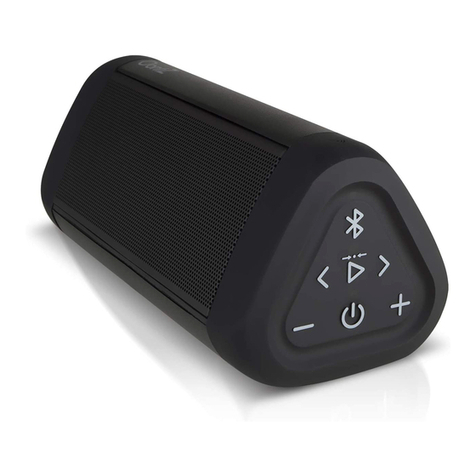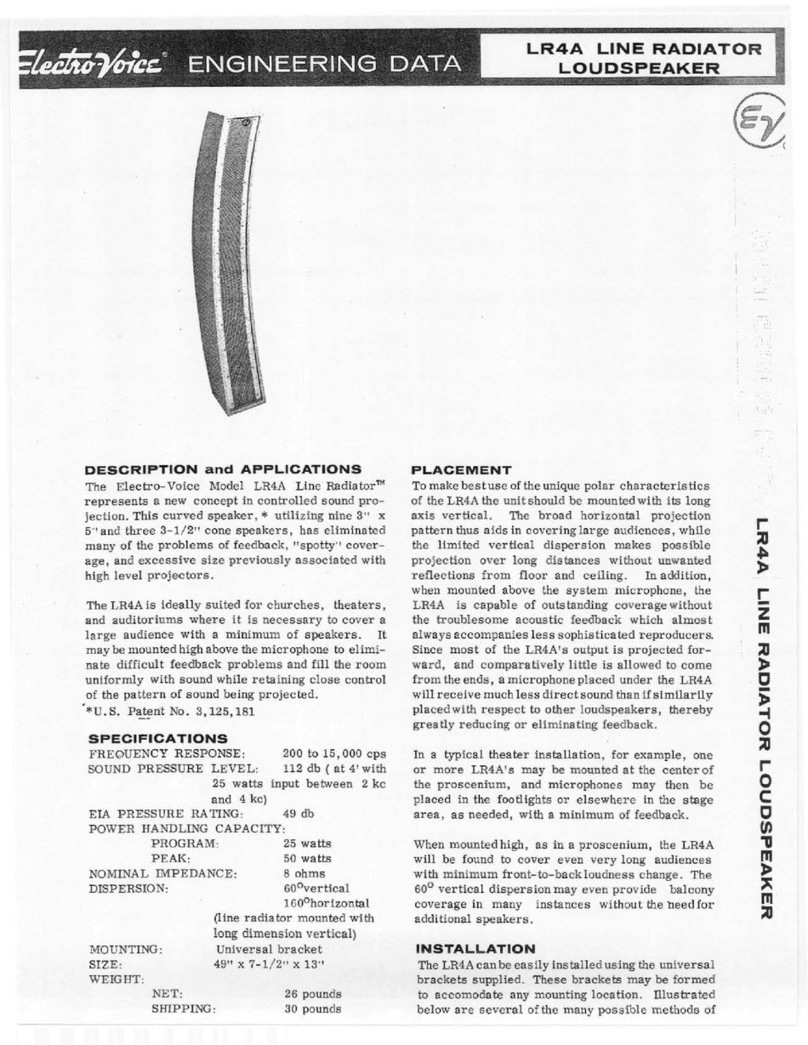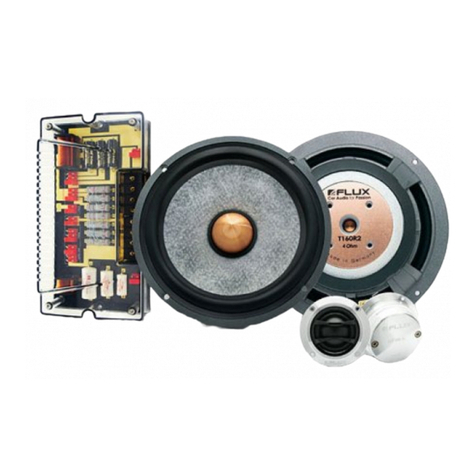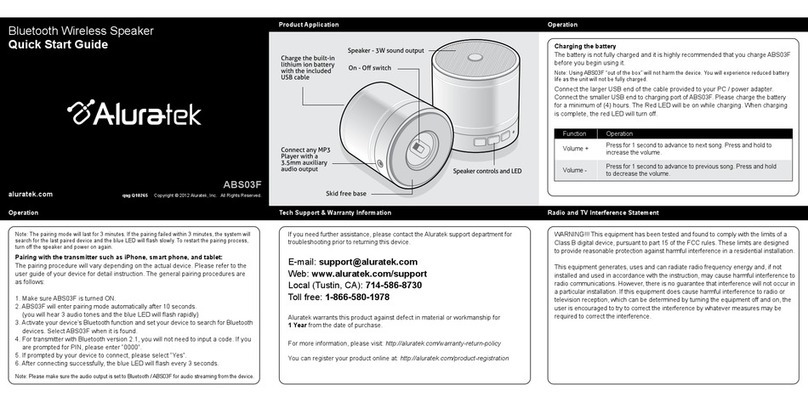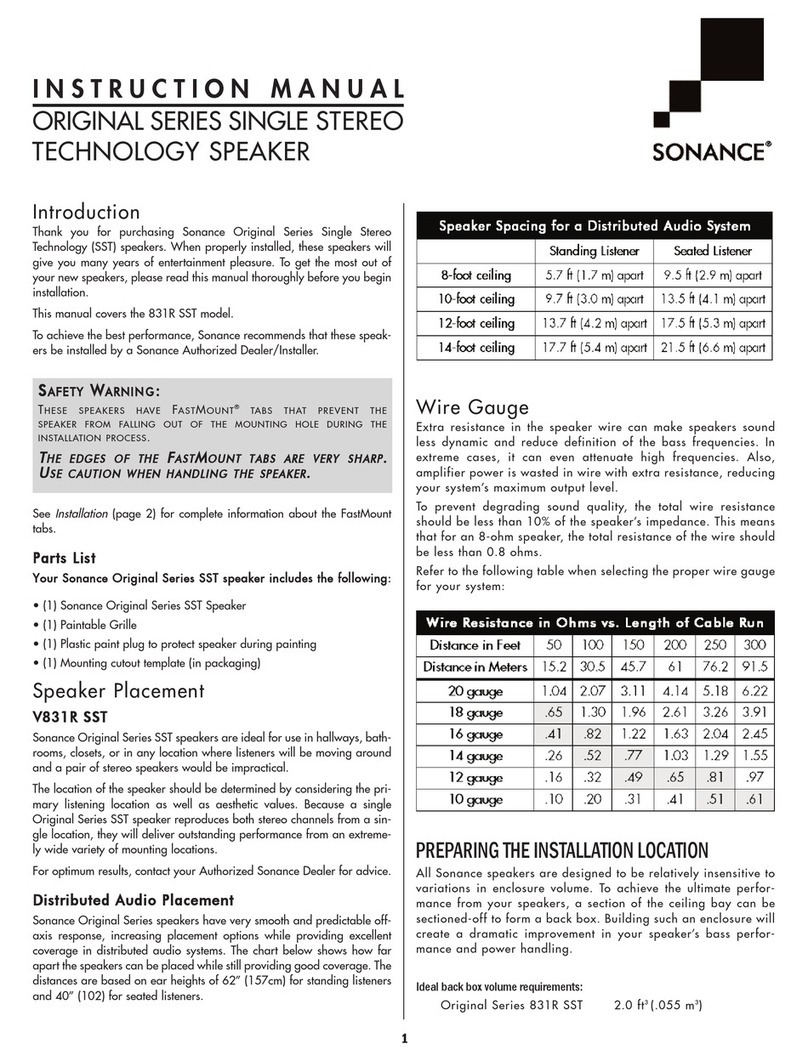10
The Wilson Benesch Tactic II Driver
Thanks in part to our colla oration with Sheffield Hallam University, we have een a le
to draw upon oth the academic expertise, as well as the most advanced analysis
techniques, to develop a new motor system. Each iteration in the design has een
Modelled, prototyped, and then validated in an iterative process of improvement. This
process of optimisation, ensures that every single line of flux is acting in a positive way
and is delivered precisely to the gap. When compared to its predecessor, Tactic II sees
almost 50% more magnetic force from the 10mm thick high quality rare earth magnet.
Coupled with the fully optimised high iron content motor geometry the efficiency has
een elevated y 3dB.
Due in part to superior inductance characteristics and 30% lower mass, the cleverly
designed coil and former, delivers transient response characteristics that significantly
outperform its predecessor. These are a few of the improvements, that when
com ined, take the super qualities of the Tactic to new levels, that are a ove and
eyond what was previously possi le.
The Wilson Benesch Semisphere Tweeter
The Semisphere comes out of one of the longest developments in the company’s
history, dating ack to the first drive unit ten years ago. It has grown slowly out of
everything that we have learned from the est tweeters in the world, including the
remarka le Piezo tweeter sourced from Murata, the Sphere.
The Semisphere takes its starting point from soft dome technologies, where damping
guarantees that the sound will remain clean and nota le, without sounding hard or
tiresome after a short period of listening. In every way the character is oth natural and
convincing.
Transient response characteristics are a solutely outstanding, thanks to the advanced
materials technologies and their extremely low mass, eing almost one third of the
previous tweeter that it supersedes.
The dome is driven y one of the most powerful rare earth motor systems in the world.
Careful attention to air flow, sees venting at oth the side of the coil and rear, allowing
any unwanted energy to pass unhindered into the huge silencing cham er.
The high mass of the system which is olted to the alloy affle ensures that the first
resonance of the structure is close to 6000 Hertz. The tweeter alone weighs over a
Kilogramme, ut when coupled at high pressure to the poly alloy ca inet, the mass is
huge, exerting a level of control over the sound of the tweeter that is eyond
compromise.

